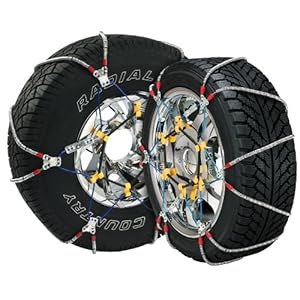How to Build a Go Kart - The Question Most People Miss When Building a Go Kart
Here is a typical go kart building scenario:
How to Build a Go Kart - The Question Most People Miss When Building a Go Kart
How to Build a Go Kart - The Question Most People Miss When Building a Go Kart
How to Build a Go Kart - The Question Most People Miss When Building a Go Kart
How to Build a Go Kart - The Question Most People Miss When Building a Go Kart
"The anxious go kart builder was putting the finishing touches on his go kart. He just applied the giant decal that said "monster" on the ground effects graPh Meter Tire, 8 inch diaMeter rear sprocket and a 1.5 inch sprocket for the engine the following will occur:
Tengine = 300*.17*(6 inches* .75 inches)/(4 inches)
Tengine = 57.3 in-lbs
Hp = 3.27 hp
A word of caution: we might be all ecstatic about the information just calculated, but remember that the 3.27 hp is probably going to be the amount of HP required at 1800 rpm and typically a 5 hp engine for example will be giving off that much power at 1800 rpms.
The thing to keep in mind is that the go kart, even though it has a 5 hp engine may stall at the top of the hill.
So the question is what do we do?
-If you want the go kart to climb hills but cannot afford to change out engines, then make the rear drive sprocket larger.
-If you want the go kart to climb hills and can afford to up HP then increase the hp, but beware, make sure the clutch is rated for the higher hp.
-If you want to climb hills, but not change the ratio, then you need to consider a more complex solution which amounts to a variable speed clutch.
When you start increasing the ratios, you automatically start increasing the chain tension. You will run into issues with that, in that the chain tension may be too high and cause it to fail prematurely.
So the next problem that a go kart will run into is the chain tension is too high for the chain rating.
Using the following equation you can calculate the chain tension and then apply it to the chain ratings charts that chain manufacturers put together.
Chain Tension = Engine Torque/Radius Engine Sprocket.
Visit chain manufacturer sights for chain loading charts and acceptable load data. If you look hard enough there are chain programs available for download. One thing to keep in mind though is that chains are typically rated very high in hours because they are designed to run for years not weeks.
A go kart will only run for weeks at the most. It is not uncommon to replace your chain at least 4 times over the life of the go kart.
So be aware that chain program pro-rate their chains for 15000 hours. Lubrication is a big factor as well to chain life.
So in conclusion:
calculate your theoretical chain tension that is required to get your go kart to go up a hill.
Second: Match the horsepower on your go kart engine with the theoretical value: If the Horsepower required is more than the engine can dish out, you will have trouble
Third: Calculate chain tension and evaluate if the chain will hold up. Use programs, and charts supplied by chain manufacturers for the final decision. Remember chains are pro-rated.
How to Build a Go Kart - The Question Most People Miss When Building a Go Kart
No comments:
Post a Comment